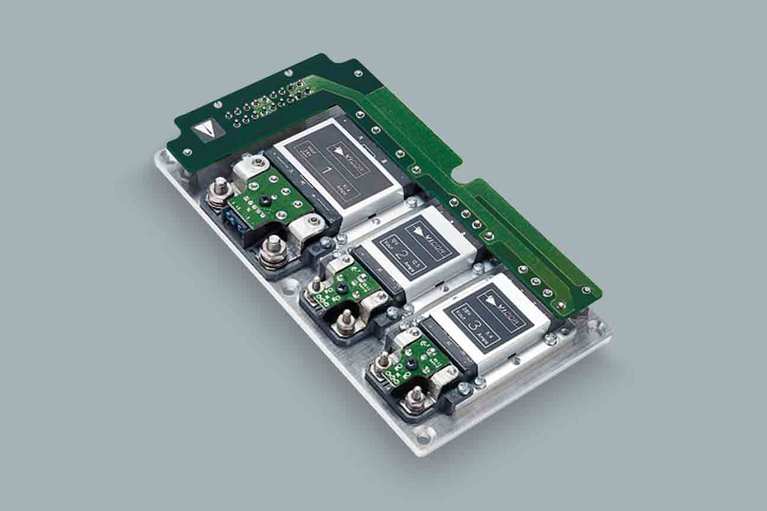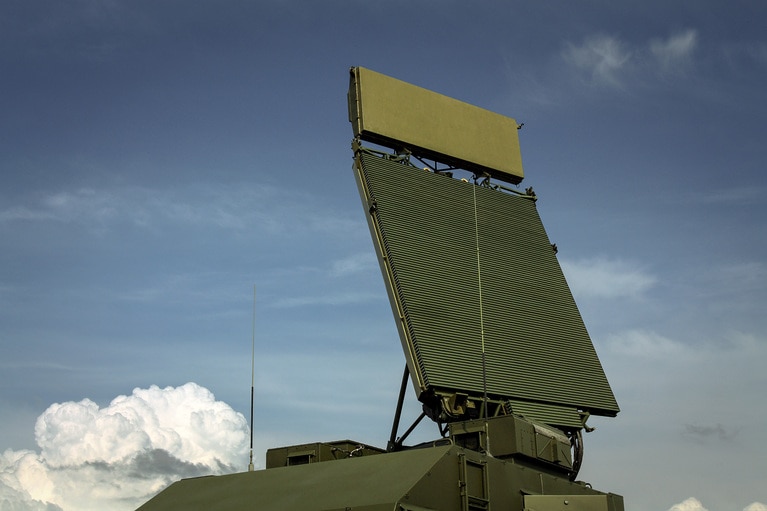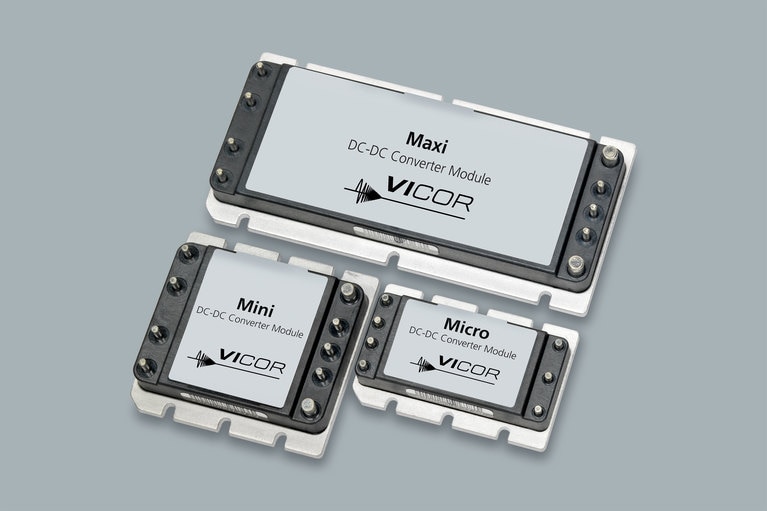
VIPAC Array™ family
The VIPAC Array is a highly flexible system of DC input, power building blocks that can be configured with as many as four user-definable outputs on a low-profile, coldplate chassis. Using the Vicor PowerBench™ configuration tool, designers are able to specify VIPAC Arrays with inputs of 24, 28, 48, 72, 110, 150, 300 or 375VDC and outputs from 2 to 54VDC at power levels up to 600W per output. VIPAC Arrays are ideal for use in distributed and modular power systems where power density and reliable operation are critical.
A current-share option is available on single-output models enabling them to be used in applications requiring high power/redundancy. Fully connectorized input and output terminations speed system installation and a versatile coldplate chassis simplifies thermal management.

Single, dual, triple & quad outputs

Fully connectorized
input & output for simplified hook up

Rugged, low-profile, coldplate chassis

High-temperature capability
VIPAC Array™ family
The future of standardized defense platforms using MOSA, SOSA and VPX open architectures
The future of standardized defense platforms using MOSA, SOSA and VPX open architectures
Delivering higher power density and low noise for New Space applications
Patented power design techniques and architectures needed to deliver optimal power and low noise for space communications applications
ReVolt – Technical Q&A
ReVolt is cleaning up Hollywood's emission problems today and next will address construction sites, emergency response and events with portable DC power
The DC-DC converter that established the “brick” standard




